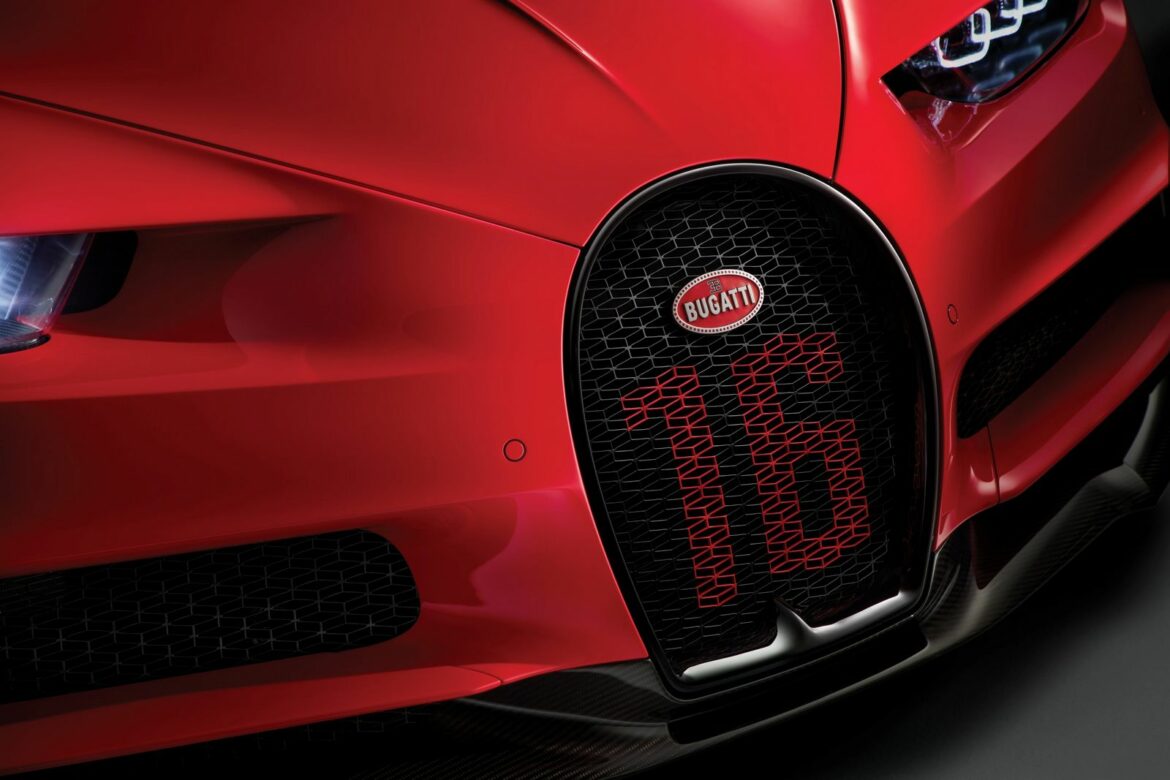Ferrari has Rosso Corso red. Lamborghini the wedge shape. And Bugatti? The trademark horseshoe grille. It’s one of those design elements that is immediately recognizable and forever associated with the French luxury sportscar maker, even in the latest Bugatti Divo. Except the Bugatti horseshoe grille didn’t start out as such. In fact, it has nothing to do with horses, even though founder Ettore Bugatti was well known as an avid equestrian, horse breeder and collector of horse-drawn carriages.

Instead, the company grille is intrinsically tied to Ettore Bugatti’s roots. One only has to look at the company’s early cars to see that the legendary design element actually started life as an oval, egg-shaped grille. For this, we have his father Carlo Bugatti to thank.
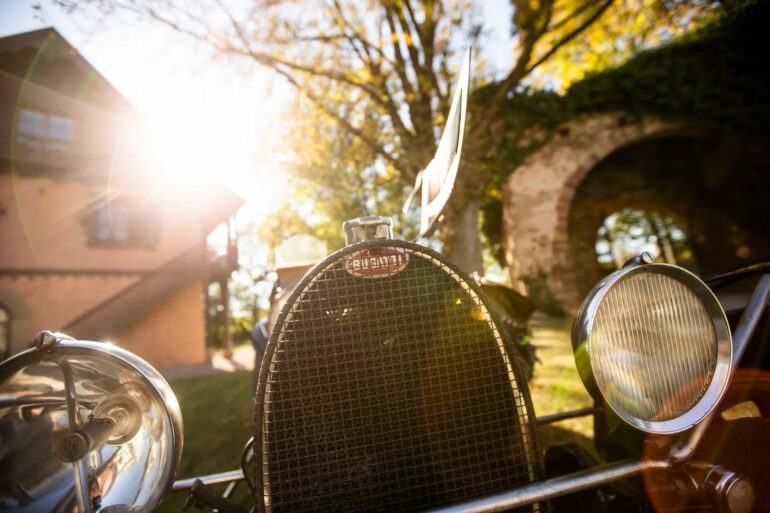
A man of many talents, of which furniture making was one, Bugatti’s father was drawn to flowing shapes and considered the oval the perfect geometrical shape. This is an ideal Ettore Bugatti carried with him through into his own designs, first incorporating an egg-shaped grille into his cars and then later refining it to the horseshoe grille we have today.
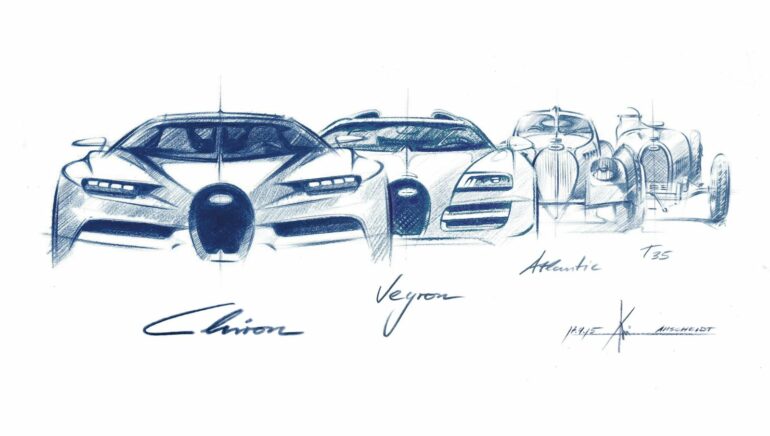
It was a case of form following function, the egg-shaped grille was grown in size for enhanced cooling, and then later inverted and lopped off at the bottom for improved aerodynamics, and to allow for better packaging on the front axle. As a happy bonus, the grille began to symbolize the performance that Bugatti cars were known for. The “horseshoe” grille and the engineering masterpieces that went behind them soon became a Bugatti trademark in themselves.
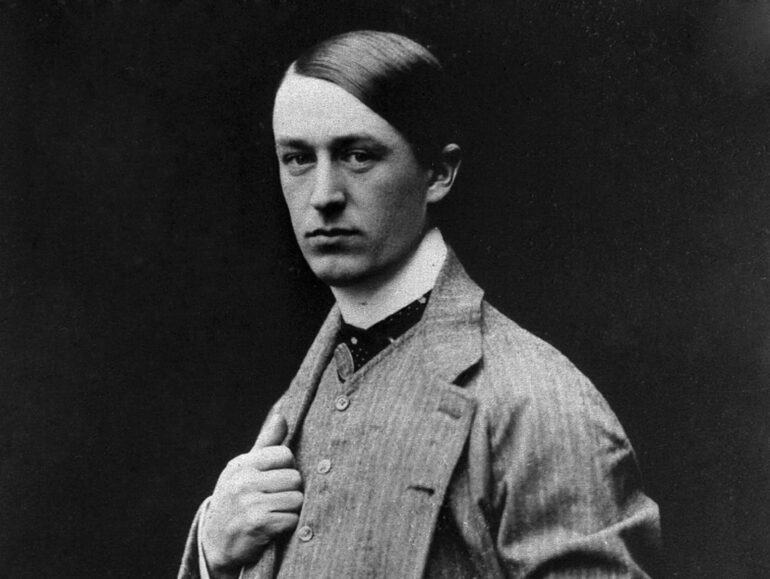
The remarkable story of how Ettore Bugatti started building sportscars
The Bugatti name is synonymous with the superlative take on luxury sportscars — big horsepower, record-setting fast, and as exclusive as they come. It’s at the very center of the ethos of the company founded in 1909 in Molsheim, France. At the root of it, Ettore Bugatti’s fascination with power and speed, and a desire for constant improvement.
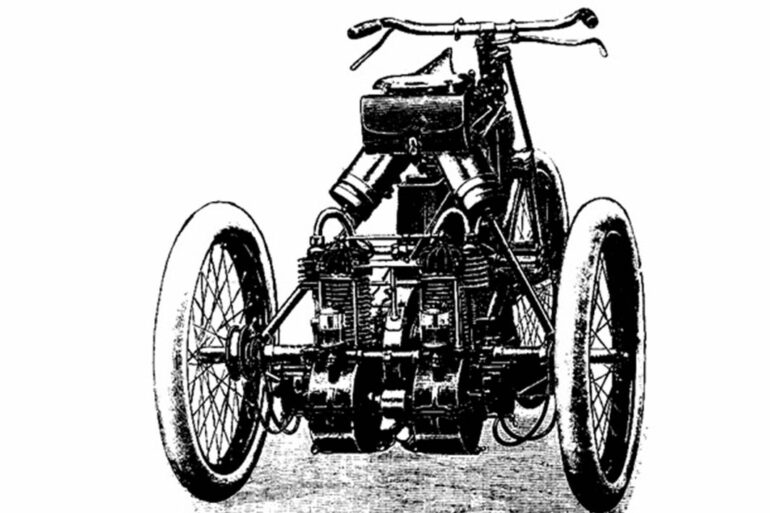
From an early age, Carlo Bugatti recognized his son’s mechanical talents and thrust him into an apprenticeship at age 16 with Prinelli and Stuchi, a company that made everything from sewing machines to motorized tricycles. It led to Bugatti creating and racing his own tricycle. A short year later, Ettore Bugatti was already designing and building his own car and winning awards for it.
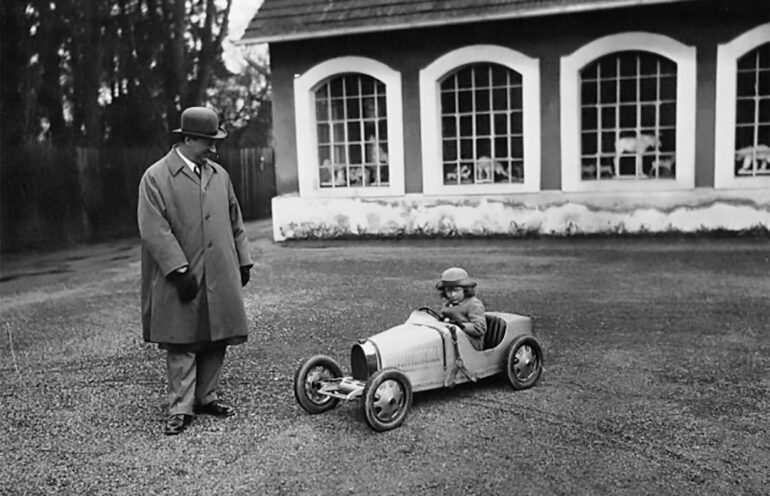
Challenging the status quo came naturally: at a time when driver and co-driver were placed high in the vehicle’s chassis, Bugatti designed a racecar that placed them low, advantageous for aerodynamics and the center of gravity.
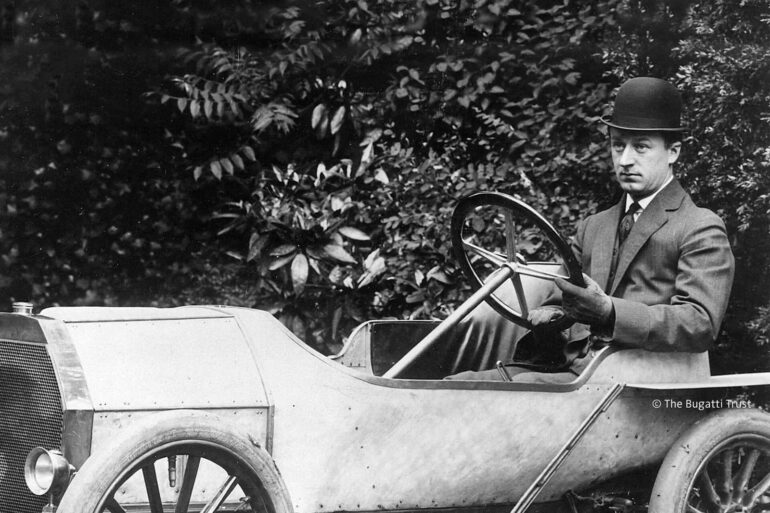
The first Bugatti in 1909, the Type 10 or Pur Sang even used a driveshaft at a time when most vehicles used a chain drive. Ettore Bugatti was one of the first to recognize that the best advertisement for a car’s capabilities came from racing, where success often translated to demand. Now, Bugatti isn’t a name on the racing circuit anymore but the quest for speed and power still lives on, as does the trademark grille.
